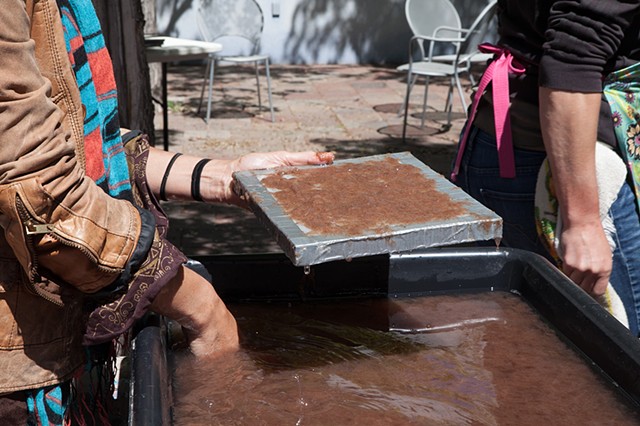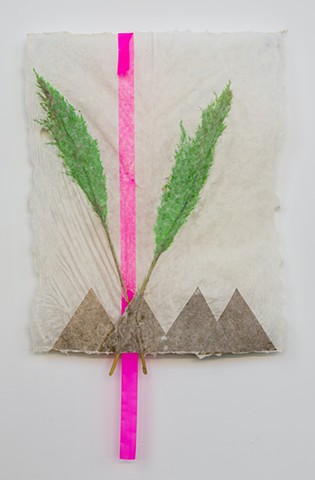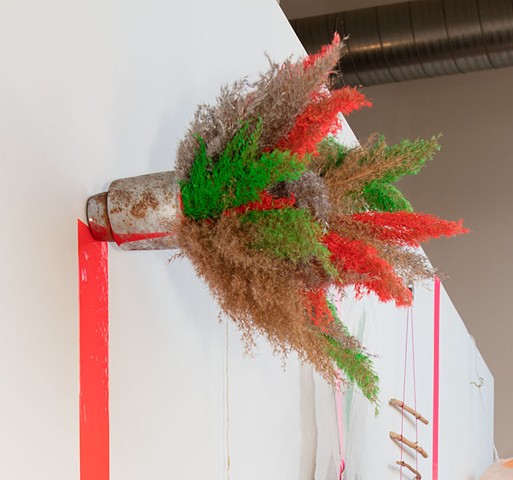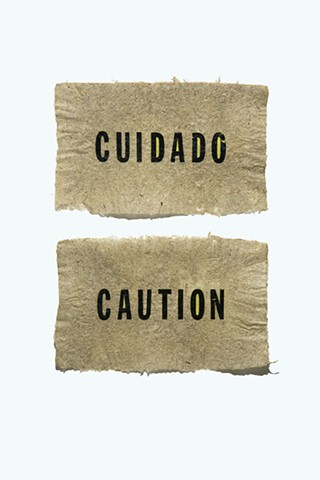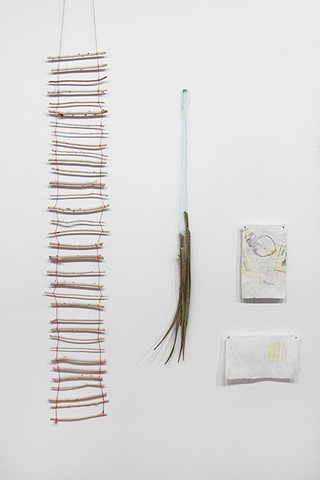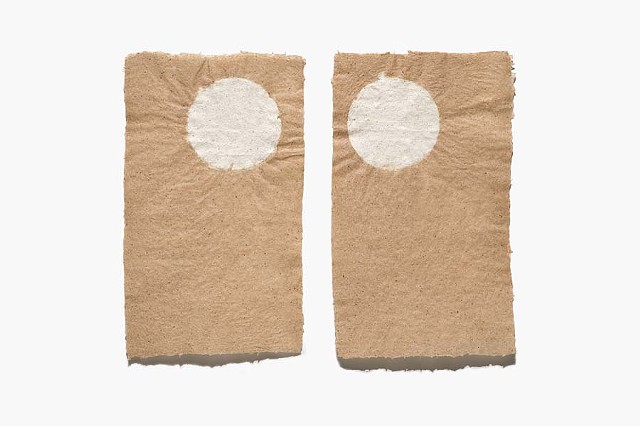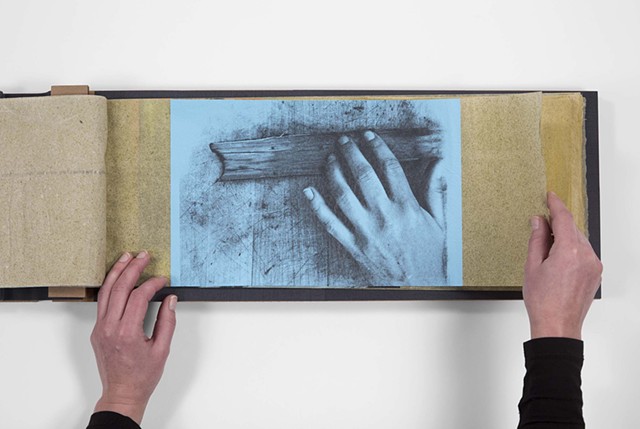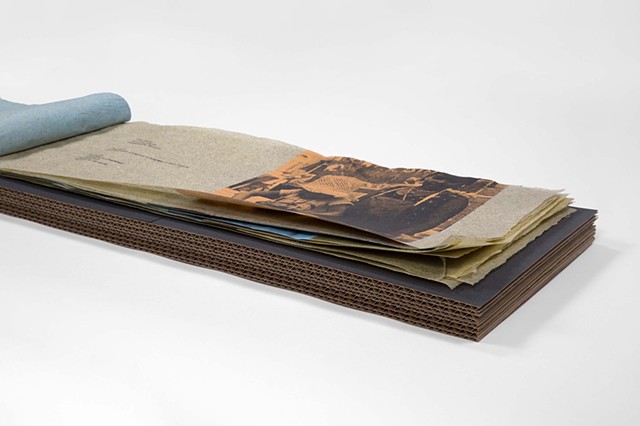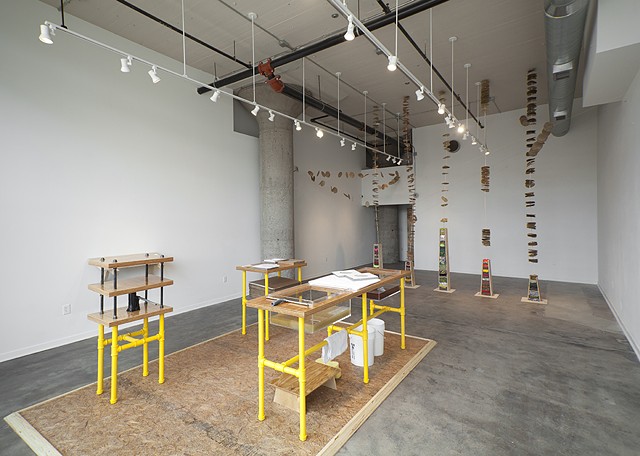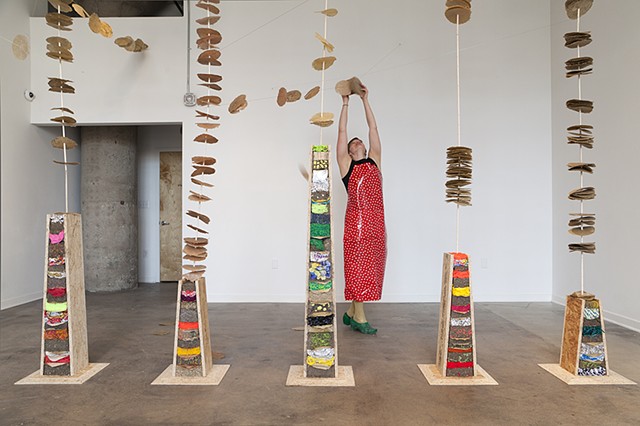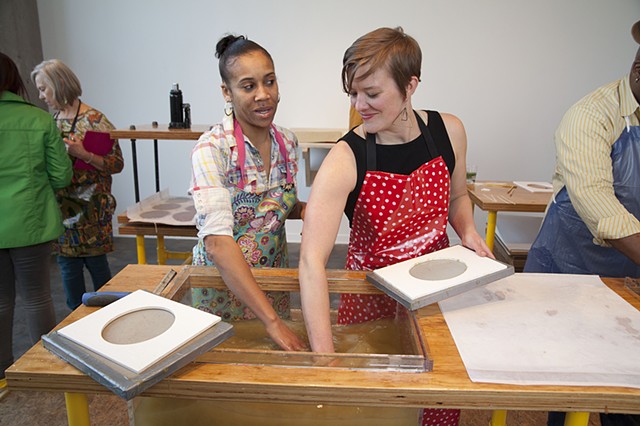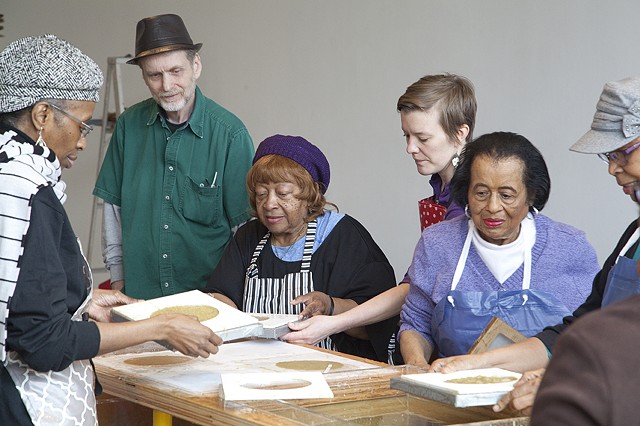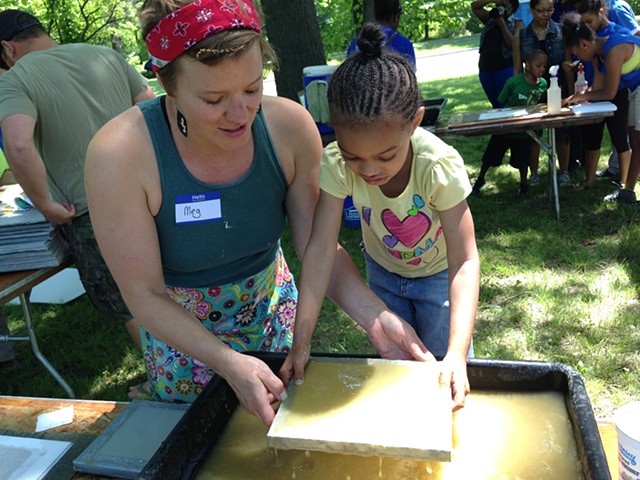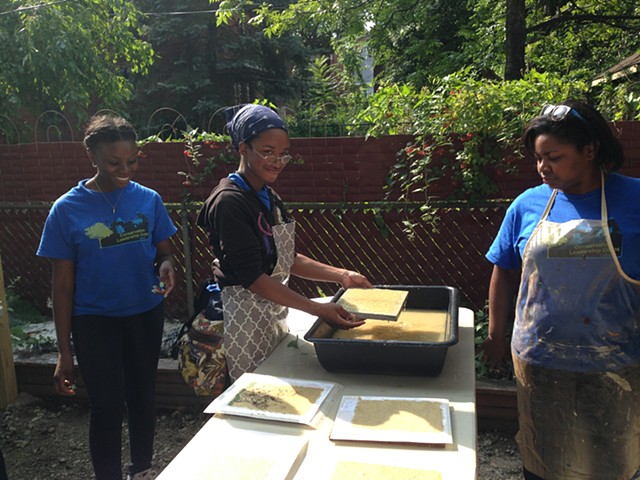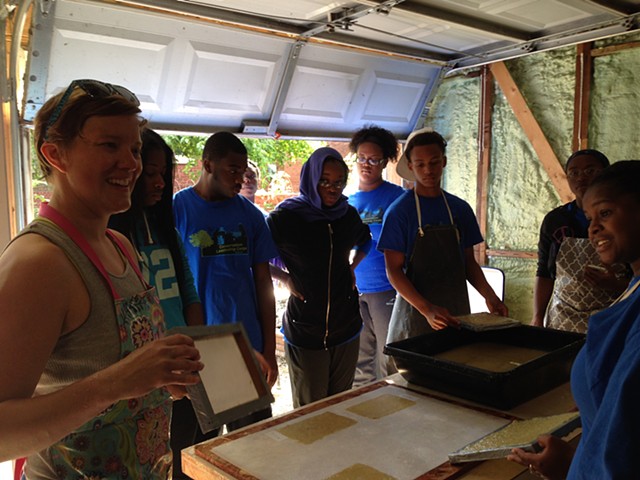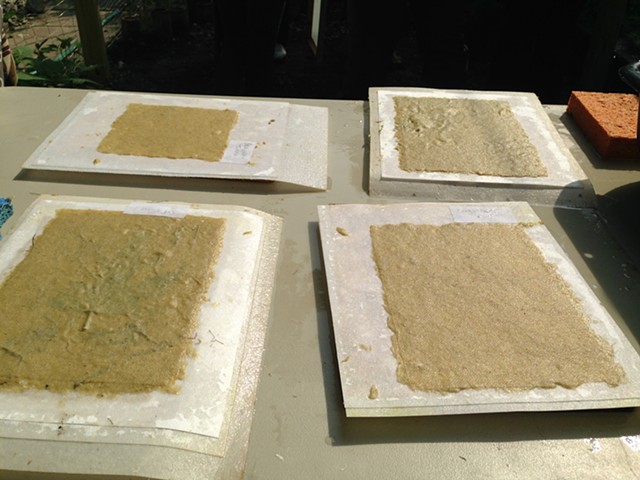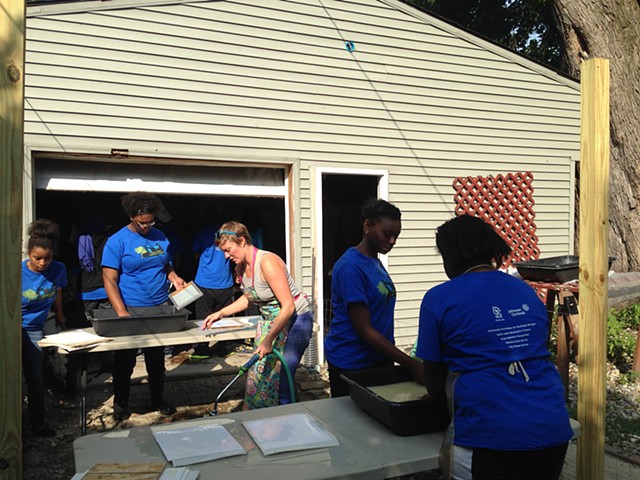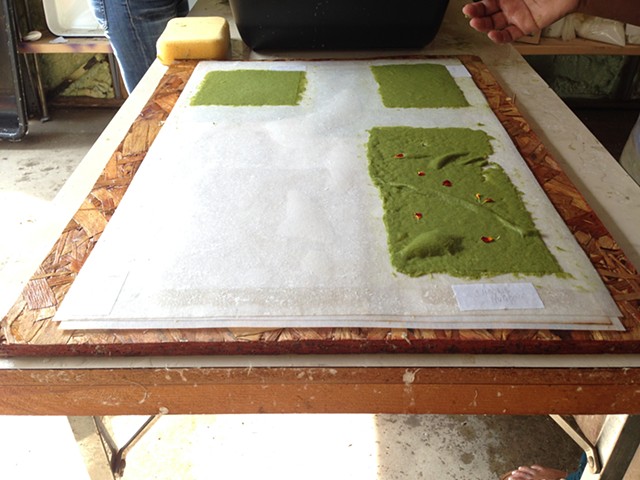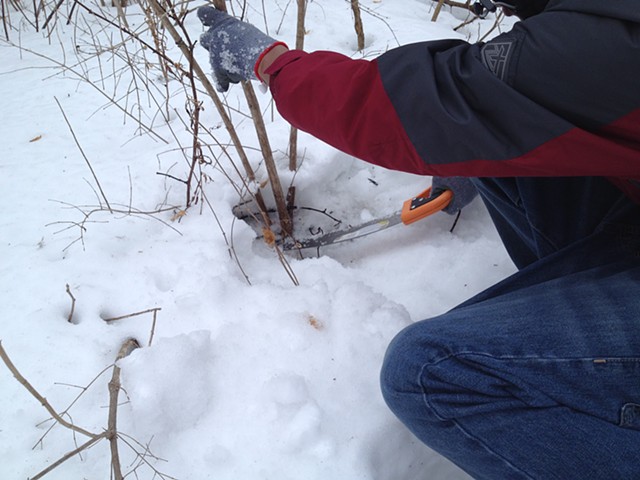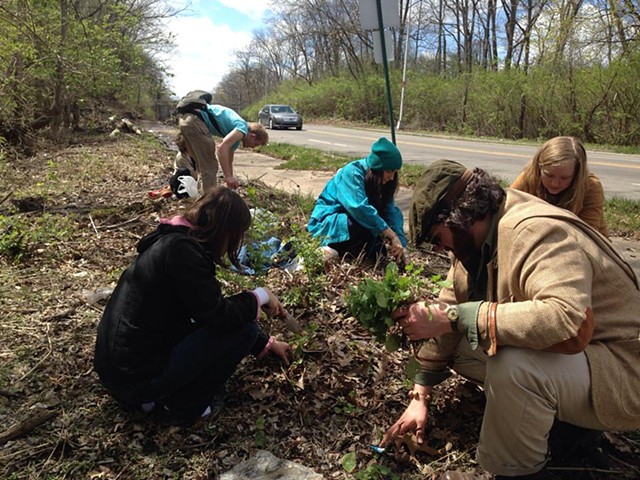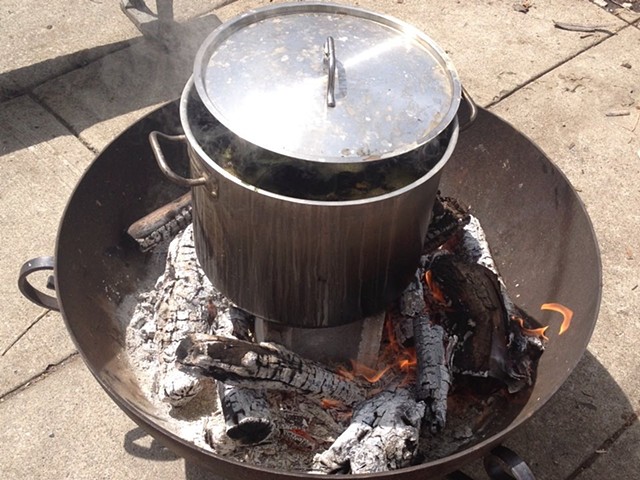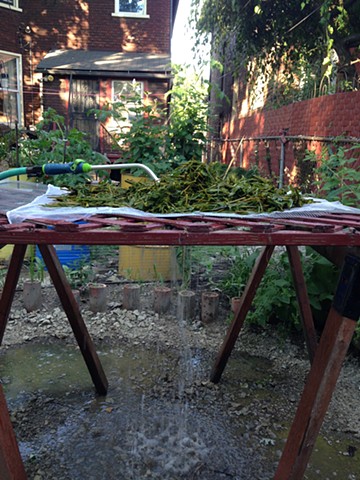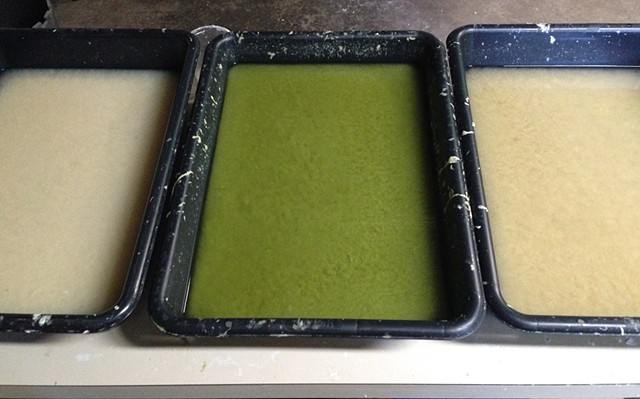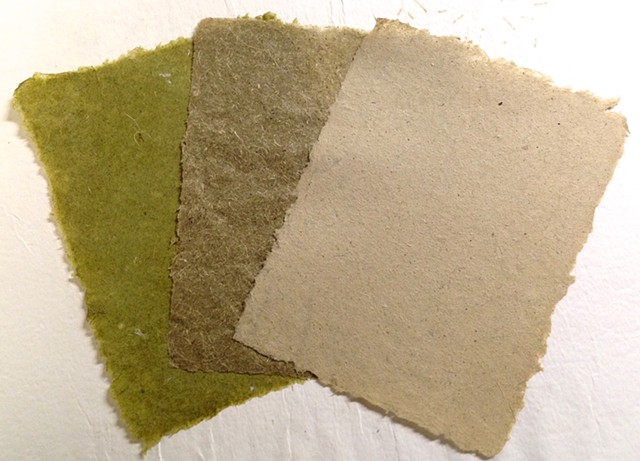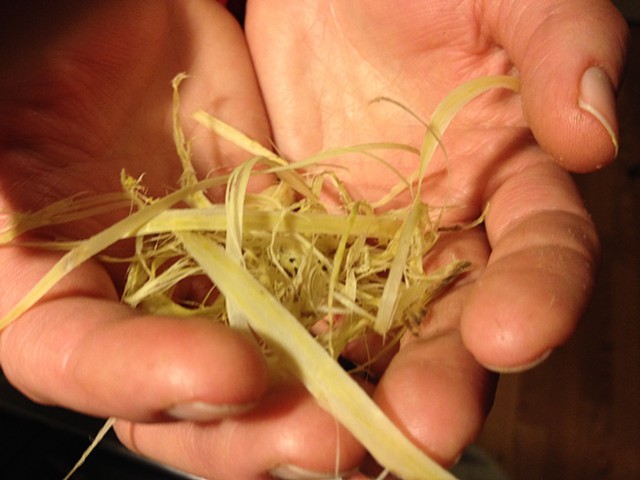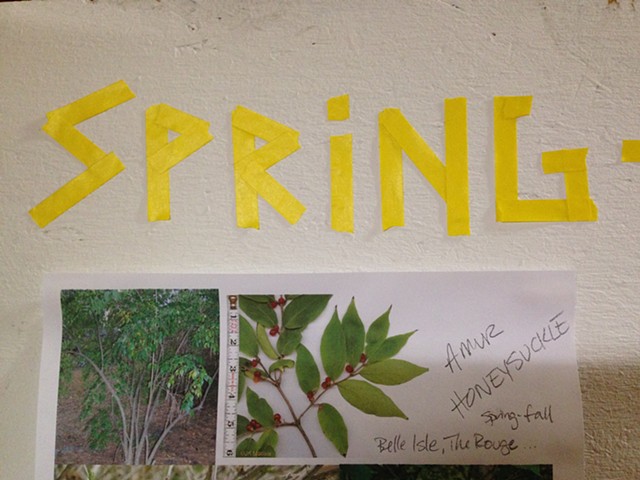The Invasive Paper Project
Phragmites plants with paint, artist-made paper with various discarded plants, cast abaca with Phragmites with thread and light, mylar, vinyl
Dimensions variable
2021
Handmade paper with non-native plants, Detroitus totems, paper-making station
Dimensions vary upon installation
2015
The Invasive Paper Project addresses invasive plants not as things to be cast-off, but rather as potential assets to our communities if treated carefully. While making paper in workshop form, we explore this idea of "invasive" together, finding new solutions for unwanted plants and seeking connections between our horticultural and anthropological languages. Participants make their own paper and generate new ideas about how to treat our landscapes and neighbors more holistically. We’re asking the deeper questions of what “invasive” means when applied to people, to neighborhoods, and to communities.
